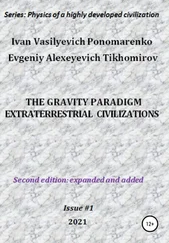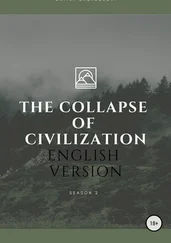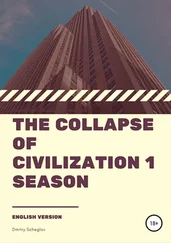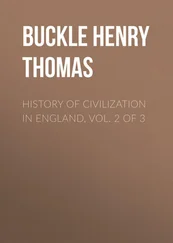Most importantly, the people of the Neolithic villages like Jericho and Çatalhöyük did not possess the ability to read and write. Hence, there is no evidence of religious or philosophical thought, no recorded attempts to wrestle with those perennial questions of meaning and purpose. Writing is the defining characteristic of civilization, and so, as impressive as their technologic achievements were, most scholars regard these Neolithic villages as proto‐civilizations. To locate the birthplace of civilization, and at the same time, provide some explanation of the difference between a Neolithic village and a civilization, we must look to the fertile land that lies between the Tigris and Euphrates Rivers, an area known as Mesopotamia, or the “land between the rivers.”
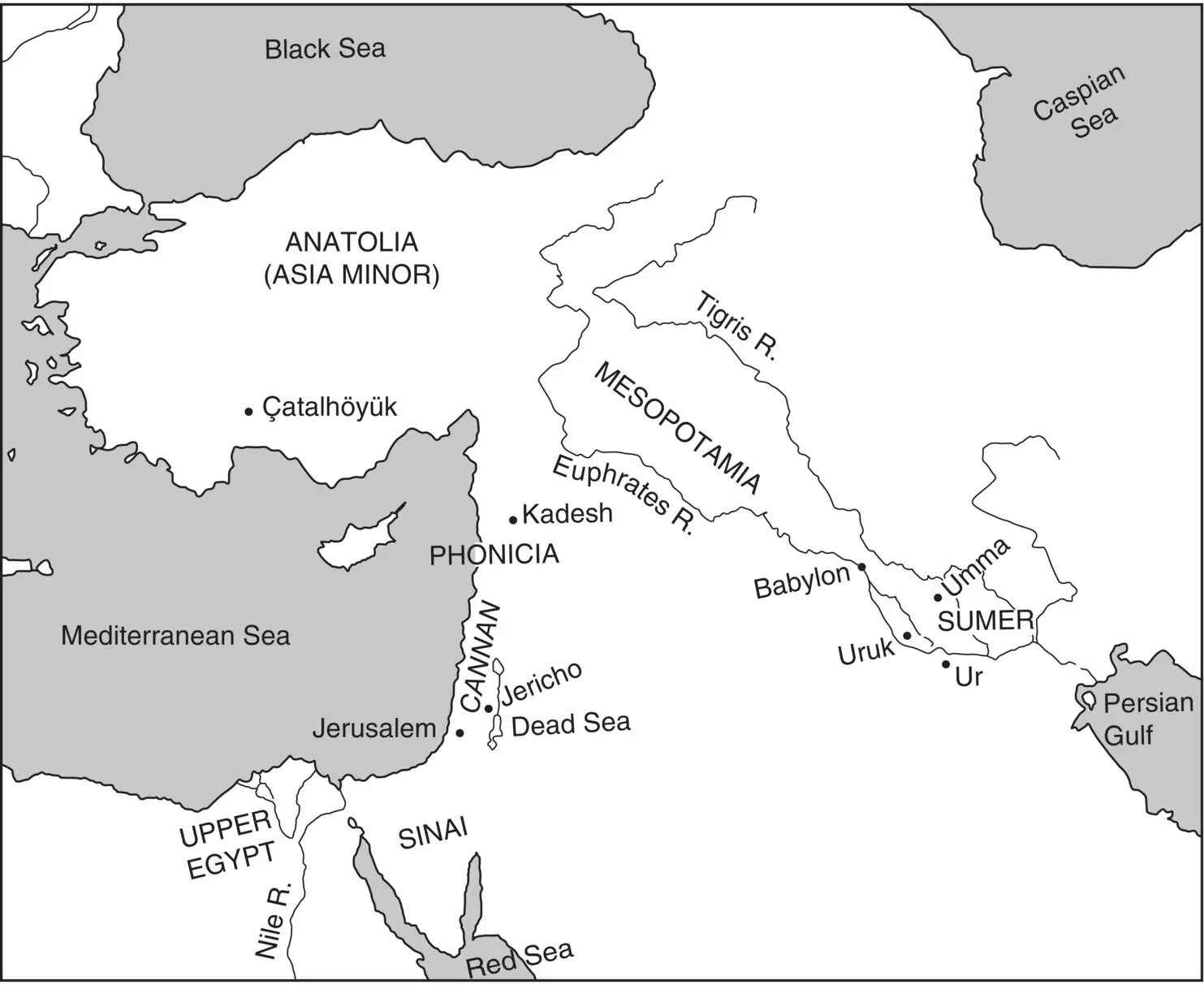
Figure 1.1Map of the ancient Near East: The Birth of Civilization.
The cradle of civilization lay in the southern most area of Mesopotamia known as Sumer where the Tigris and Euphrates rivers empty into the Persian Gulf. The Sumerians called themselves “the black‐headed people” and their home “the land of the black‐headed people,” or simply “the land.” It was in Sumer around 3500 BC that the first cities appeared, and most important, it was in Sumer sometime between 3300 BC and 3100 BC that people first learned to write. 1
Writing was a byproduct of urbanization. Trade between the cities of Sumer required the ability to communicate. Using a reed with the end cut off, scribes made wedge‐shaped marks in small clay tablets that were then allowed to dry in the sun. At first, they made marks that represented objects (pictographs), and then marks that represented sounds (phonograms). This style of writing is known as “cuneiform,” meaning “wedge‐shaped.”
Scribes were trained in schools that taught not only the art of writing and reading, but law, medicine, and astrology. Literature appeared as scribes began to write down stories about the gods and heroic figures. The Epic of Gilgamesh , considered by many to be the first great work of literature in history, was written down sometime around 2150 BC. It tells the story of Gilgamesh (“Bilgamesh” in Sumerian), king of Uruk, and his companion Enkidu.
In the first half of the epic tale, Gilgamesh and Enkidu go on a series of adventures including a journey to the Cedar Forest, the dwelling place of the gods. There, they defeat the giant monster Humbaba (“Huwawa” in Sumerian), guardian of the Cedar Forest. Gilgamesh spurns the advances of Ishtar, goddess of fertility, love, war, and sex. Ishtar punishes Gilgamesh for his impudence by convincing the gods to kill Enkidu.
The death of Enkidu leads to Gilgamesh's quest to find the meaning of life and death. It is this second half of the epic that is of greatest importance, for in the attempt to answer the perennial questions of meaning and purpose, the Epic of Gilgamesh becomes more than an epic tale; it becomes a work of philosophy, another characteristic of a civilization.
Some of the stories related in the Epic of Gilgamesh have counterparts in the Old Testament book of Genesis. The flood account in Genesis bears a striking resemblance to the flood story in the Epic of Gilgamesh . The two stories have at least 20 points of similarity leading to the obvious conclusion that there must be some connection, but there are significant points in the two accounts that differ. Some who subscribe to the school of thought known as “Panbabylonism,” which asserts that the Hebrew Bible and Judaism are derived from Mesopotamian (Babylonian) mythology, consider the Genesis flood story to be modeled after that in the Epic of Gilgamesh . Others consider both to be myths with spiritual significance, or accounts of an actual flood that occurred at some time in the past.
Religious beliefs are at the heart of any given civilization's identity. Ultimately, a people's worldview, or understanding of what is real, determines every aspect of life. Since worldview and religious belief are entwined, how a society is governed and organized, as well as its literary and artistic expressions, are rooted in its religious beliefs. Not surprisingly, temples with gods and priests who interceded on behalf of the people were the center of life in Sumerian cities.
For the people of Sumer and Mesopotamia in general, both life and the afterlife were gloomy at best. People were only the pawns of capricious gods who controlled the universe and all that is part of it, and who might bestow blessings or suffering at will. Everywhere there were hostile gods and demons that the people feared. Natural disasters or human actions such as wars were caused by the gods. The people used various means of divination to try and determine what fate the gods might have in store for them as individuals or for the city. Sacrifices, prayers, and magic were employed to appease the gods and ward off the demons. The belief that the will of the gods was revealed in the position of the planets and stars led the Mesopotamians to the study of astronomy and astrology.
People could not look forward to death for relief from uncertainty, anxiety, and fear. The netherworld was understood to be a dark existence governed by a hierarchy of gods. It was not some sort of heaven or hell, a place to which the dead went according to how they lived their lives. Life after death offered only a gloomy existence, a fate that could not be avoided.
Despite their gloomy view of life, the Mesopotamians greatly influenced the history of civilization and continue to influence life today. The number 60, sacred to the sky god An (or Anu), became the basic unit of mathematical calculation and lives on in our division of time into the 60‐second minute, the 60‐minute hour, and the degrees of a circle. When we add urbanization, the wheel, chariots, and four‐wheeled wagons, writing and the first literature, mathematics, and the science of astronomy, and agriculture and animal husbandry to the list, we must acknowledge civilization's debt to the people of ancient Mesopotamia.
Mesopotamia sat at the crossroads of trade, migration, and invasions of conquering armies, all of which spread its culture. Kingdoms and empires rose and fell as power shifted between rival city‐states 2 and conquering armies. The appearance of a new technology such as smelting bronze or iron, or the appearance of a new weapon like the first metal arrowheads, the composite bow, body armor, or the war chariot enabled the possessor of the new technology to enjoy its historical moment until the next conqueror appeared armed with some new military technology.
The era of warring city‐states ended when Lugalzaggisi, king of Umma, united all of Sumer during his reign, c. 2375–2350 BC. He ruled for only 25 years. In c. 2334 BC, Lugalzaggisi's army was defeated in battle by Sargon (reigned 2334–2279 BC), leader of the Akkadians, a Semitic‐speaking people in Mesopotamia north of Sumer. Sargon founded the first multi‐national empire. It stretched from the Persian Gulf to the eastern coast of the Mediterranean Sea.
Sargon appointed his daughter, Enheduanna, High Priestess in the temple of the moon god Nanna in the Sumerian city‐state of Ur. Enheduanna is the first author and poet known by name in history. She left behind a collection of literary works that include poetry, devotionals, and hymns to Nanna. A collection of her temple hymns known as the “Sumerian Temple Hymns” is considered by some scholars to be the first attempt at a systematic theology.
Sargon's empire ended about 2100 BC. Of the empires that followed, two require mention. First is the Third Dynasty of Ur (Ur III) that lasted from c. 2112 BC to c. 2004 BC. The significance of this brief empire lies in the appearance of one of the oldest known law codes, the Code of Ur‐Nammu, king of Ur during the mid‐twenty‐first century BC. It is not the first written law code. That honor may belong to Urukagina (sometimes spelled Uruinimgina or Irikagina), who ruled the city‐state of Lagash in the first half of the twenty‐fourth century BC. Though no copy of his law code has been found, its content can be deduced from references to it in other sources from the period.
Читать дальше





